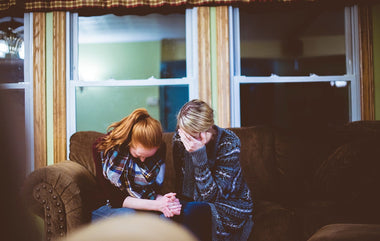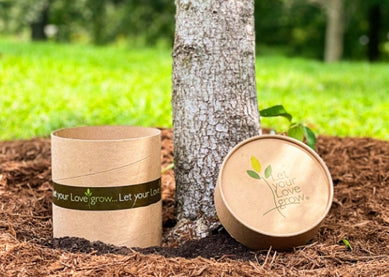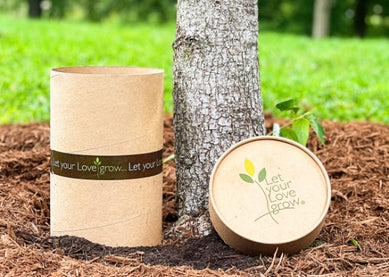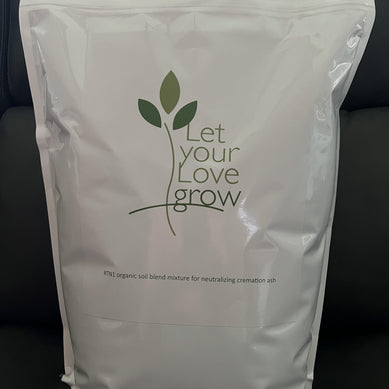The Healing Power of Routine: Tips for Grieving Bodies
Grief is a storm that does not pass quickly. It tears through the heart and settles deep into the body, making the simplest tasks feel impossible. Sleep vanishes. Muscles ache. Appetite disappears or spirals into chaos. Even breathing can feel like a conscious effort.
When loss strikes, it does not just change emotions. It rewires the nervous system, alters energy levels, and leaves both mind and body in survival mode. Grieving is exhausting, and that exhaustion is more than just emotional—it is physical.
In the midst of this overwhelming reality, routine becomes a lifeline. It does not erase pain or replace what was lost, but it offers a thread of consistency in a world that suddenly feels unstable. It provides moments of normalcy when everything else feels upside down.
Routines will not fix grief, but they can soften its edges. They can help the body rest, the mind refocus, and the heart find small moments of peace.
The Comfort of Consistency
When everything feels uncertain, even the smallest habits create a sense of stability. Grief uproots daily life, shattering the rhythms that once provided comfort. The routines built with a loved one—shared meals, morning walks, daily check-ins—are suddenly gone. The absence is jarring, leaving empty spaces where love once existed.
In these moments, creating new routines does not mean moving on. It means finding new ways to care for the body and mind while navigating loss. A simple morning ritual, like stretching or drinking a glass of water before checking the phone, can set a gentle tone for the day. Taking a few moments to sit outside, even if only for fresh air, can provide a small but powerful reminder that the world still moves.
Eating meals at regular intervals, even when appetite is low, keeps energy levels stable. Sleep routines, no matter how difficult, reassure the body that it is safe to rest. These tiny moments, repeated day after day, build a foundation of strength beneath the pain.
Grief thrives in chaos. Routine builds a structure strong enough to hold space for healing.
Ergonomics for the Grieving Body
Grief does not just weigh on the heart. It settles into muscles, stiffens joints, and turns the body into a battlefield of tension and fatigue. Sleep deprivation and emotional distress lead to slouching, aching shoulders, and a nervous system that never quite relaxes. Without realizing it, many people spend days curled inward, physically embodying their pain.
Posture and physical support might not be the first concerns in grief, but they matter. Poor ergonomics can deepen discomfort, making exhaustion even harder to shake. Simple changes to posture, workspace setup, and movement habits can make a profound difference in how the body handles the strain of loss.
Sitting in a supportive chair with feet flat on the ground reduces lower back tension. Adjusting computer screens to eye level prevents neck strain. Stretching every hour, even for a minute, keeps circulation moving and muscles from tightening. These small shifts in ergonomics do not erase grief, but they prevent it from taking an even greater physical toll.
The body already carries the weight of loss. Making small adjustments to ease that burden is an act of care, a way of saying, “You do not have to suffer more than you already are.”
Skincare as Self-Care
Grief drains energy, and personal care is often the first thing to go. The effort required to shower, wash a face, or even change clothes can feel impossible. The mirror becomes an enemy, reflecting the exhaustion and pain of loss. Skin dulls, dark circles deepen, and stress manifests in breakouts or irritation.
Caring for the skin might seem trivial, but the health of your skin reflects your overall well-being. This is one of the simplest, most tangible ways to reconnect with the body. The act of cleansing, moisturizing, or even applying a soothing face mask can be a grounding experience. It is a reminder that the body still exists and still deserves care, even in the depths of sorrow.
Hydration, gentle skincare, and sun protection are small but powerful forms of self-respect. They signal to the mind that survival is still happening, that healing is still possible. These acts do not erase grief, but they create moments of comfort in the middle of the storm.
Even if nothing else feels manageable, washing the face and applying a soft moisturizer is a start. It is a moment of stillness, a pause to acknowledge, "I am still here."
Building a Healing Routine
Establishing a new routine does not mean forcing structure onto grief. It means creating gentle habits that provide support without pressure. There is no “right” or singularly definitive way to do this. What matters is choosing small actions that nurture rather than overwhelm.
A morning ritual, however simple, can set the tone for the day. Drinking a glass of water, lighting a candle, or writing a few words in a journal can bring a sense of calm. Movement, whether through stretching, walking, or even just standing outside for fresh air, helps release tension and reconnects the body with the present moment.
Meals, even if small, should be consistent. Grief often suppresses appetite, but the body needs fuel. Nutritious, easy-to-digest foods provide energy to navigate the emotional and physical demands of loss. Sleep is equally important, though often disrupted by grief. Creating a bedtime routine—dimming lights, listening to soft music, avoiding screens—can help signal to the brain that rest is allowed.
A routine does not need to be rigid. It simply needs to be a collection of small, repeatable actions that bring comfort and support.
Conclusion
Grief rewires everything. It alters the way time moves, the way the body feels, and the way the world looks. It makes even the most basic tasks feel insurmountable. In these moments, routine is not just helpful—it is essential.
There are moments, small and quiet, where healing begins. In the act of washing a face, in the way a spine straightens after days of slouching, or in the simple decision to eat, drink water, and rest. Start with one thing today. Just one. Choose a habit, however small, and let it become an anchor.
Not gone, but lighter. And that is enough.










